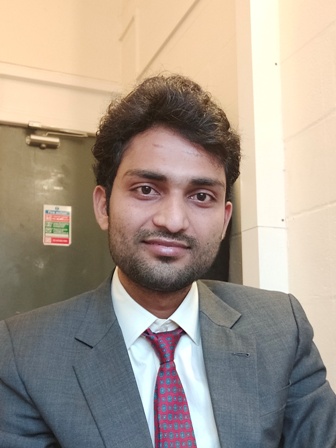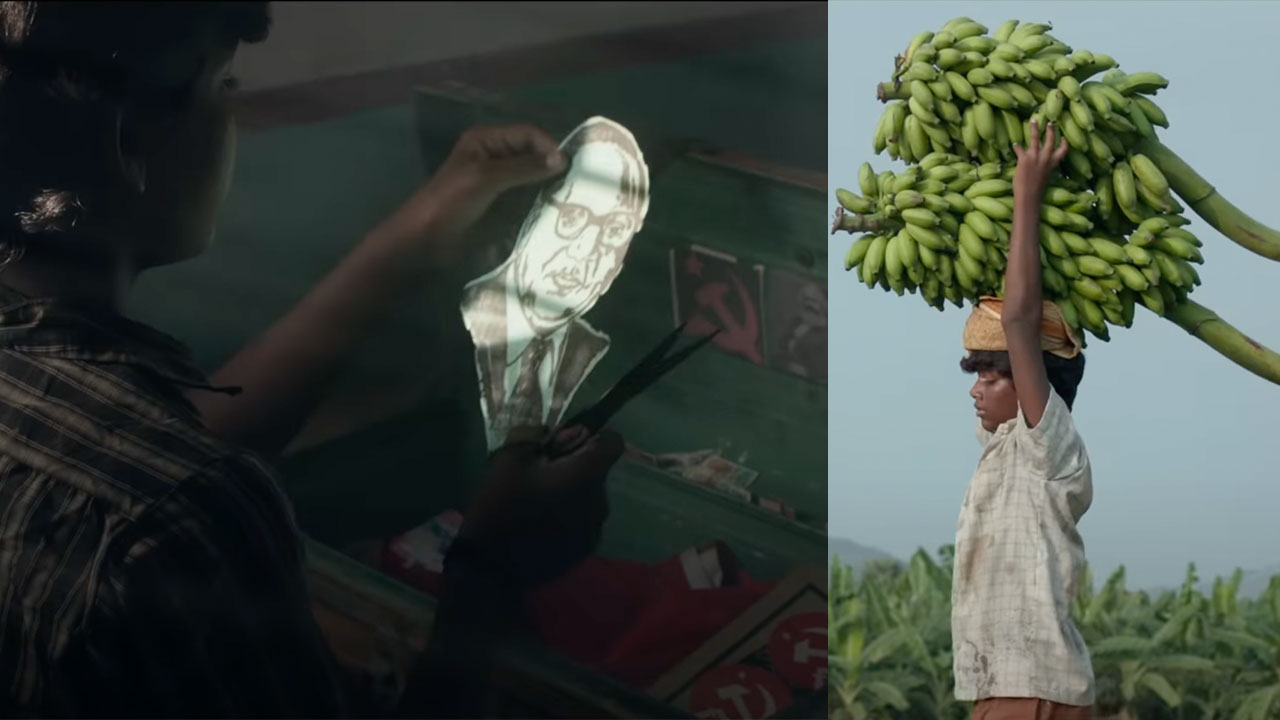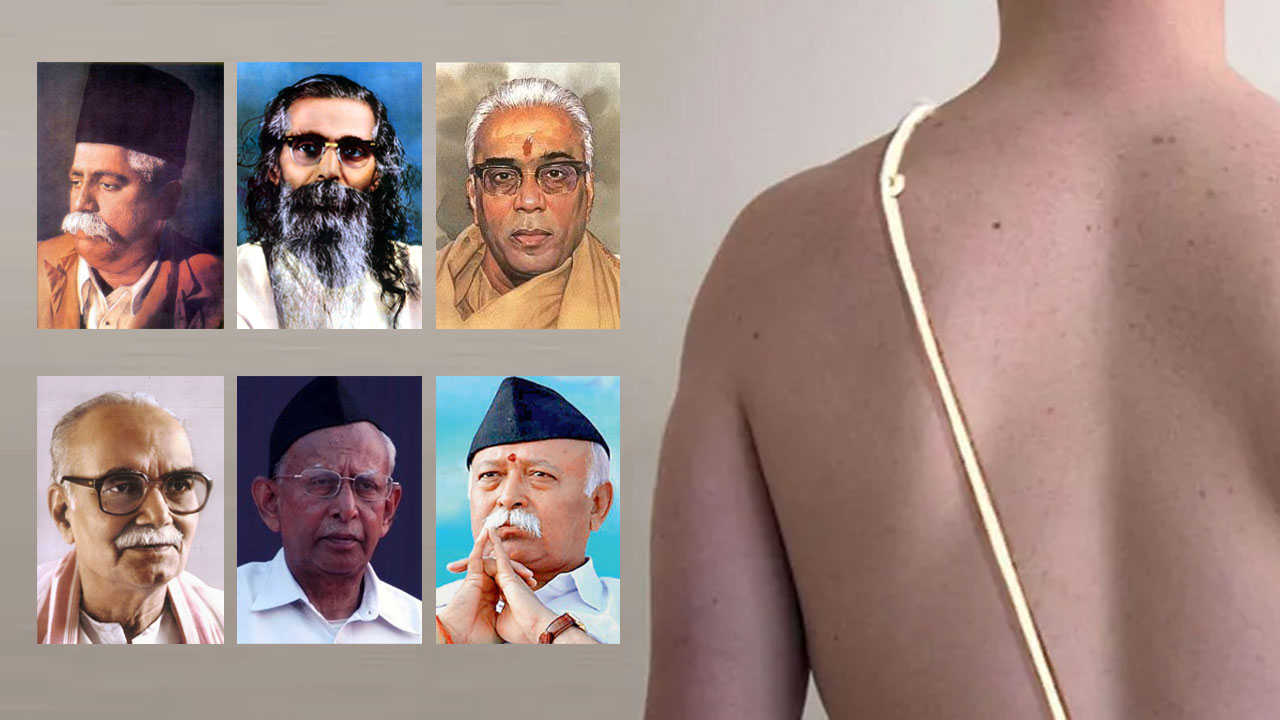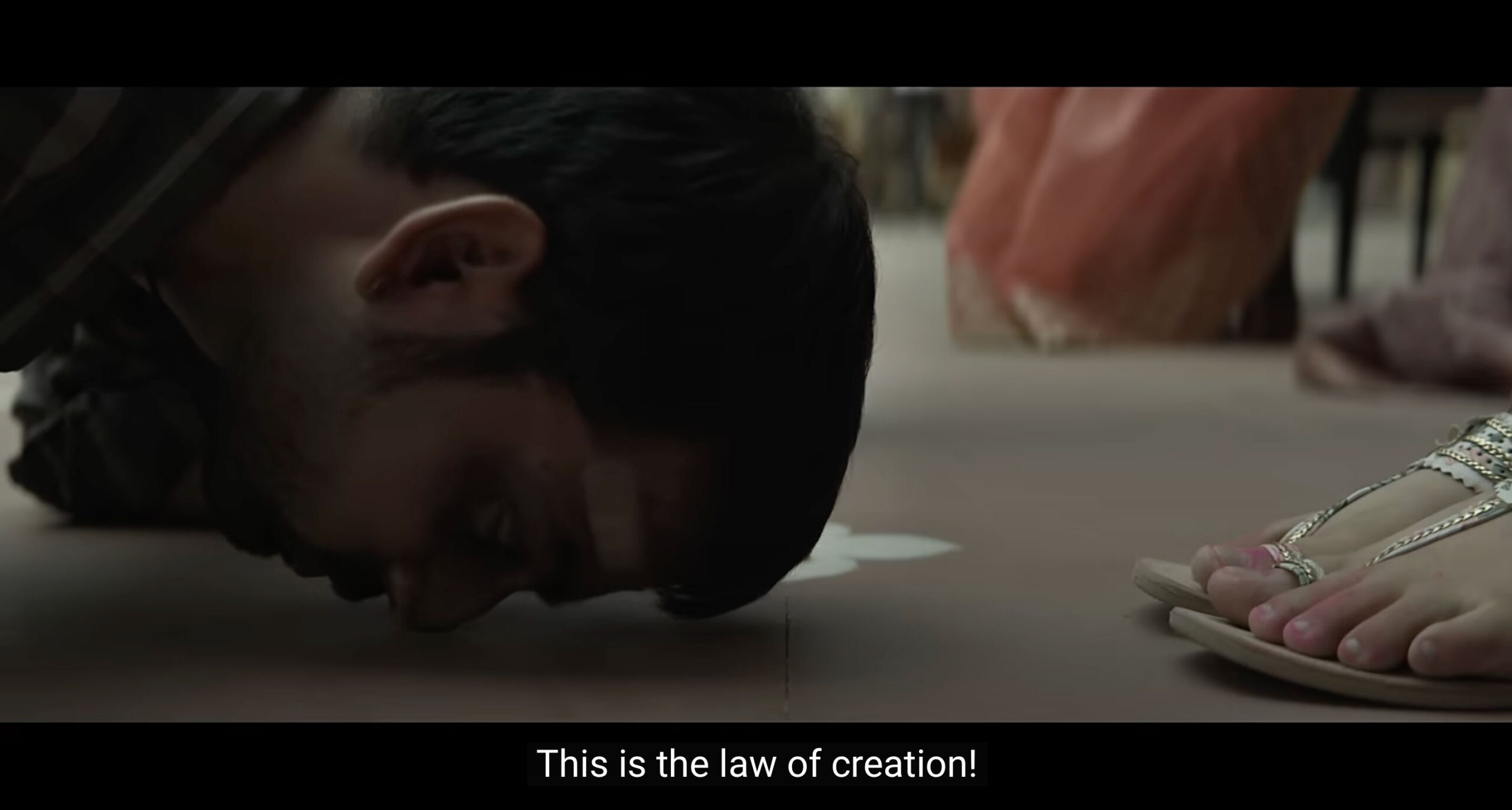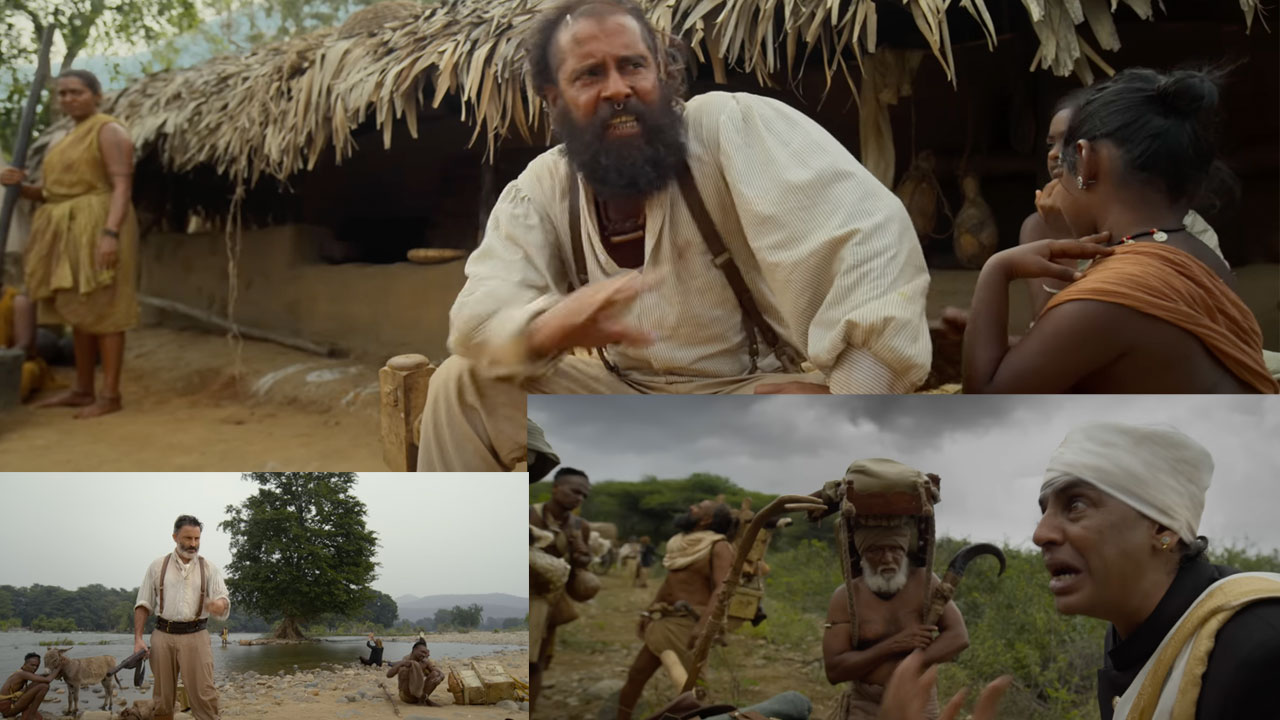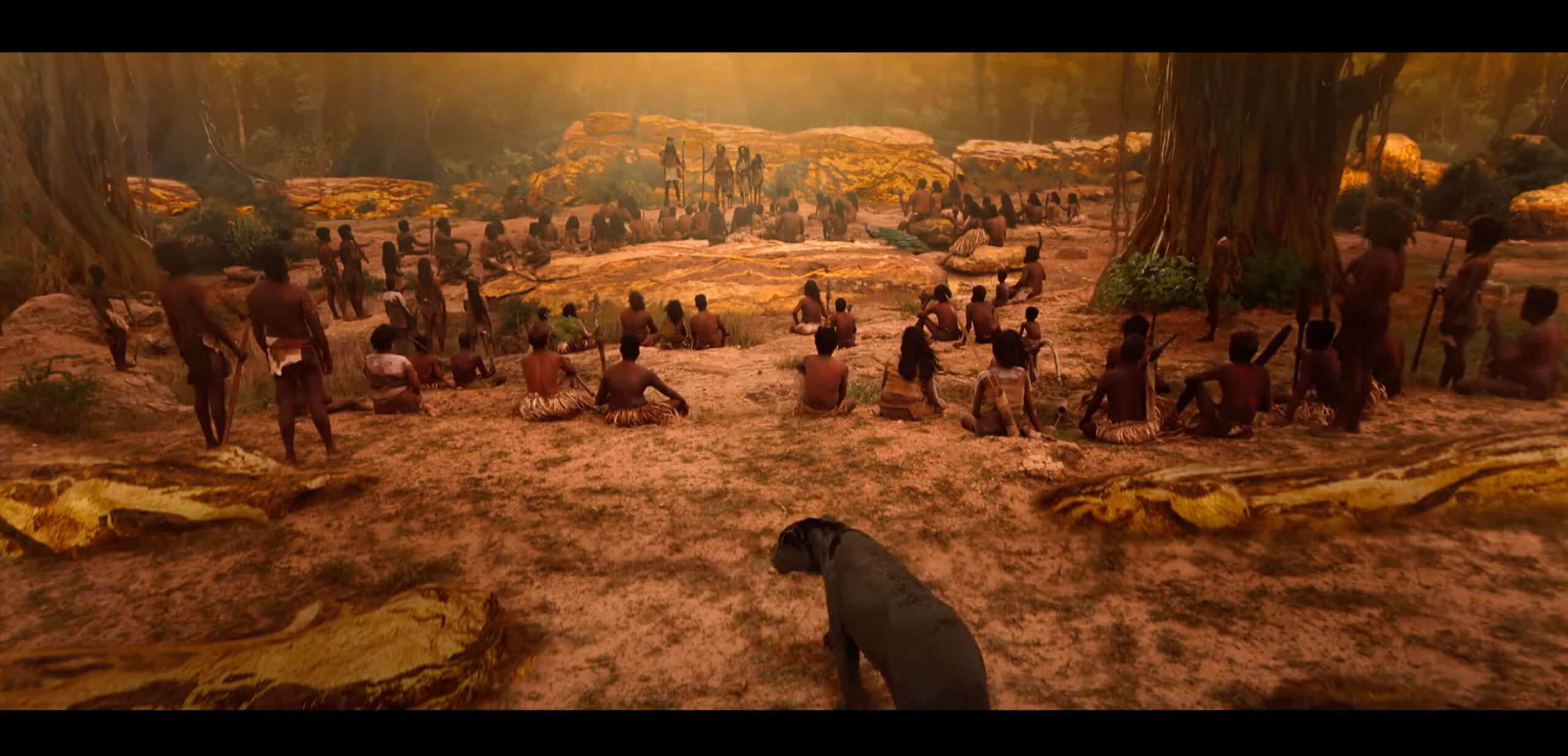Over the Top (OTT) platforms have given Indians an opportunity to watch films and web series from all over the world and thus acquire a global perspective. However, the Indian upper-caste filmmakers are refusing to give up their narrow and obscurantist outlook. Anti-caste producers and actors have used the OTT platform to make films that stand out against their predecessors’ poor attempt to depict caste and related issues. They have changed the paradigm of films based on social issues. The Dalit of these films may be poor but he is not helpless. He has his own voice and he doesn’t need an upper-caste messiah. Some examples of such films are Karnan, Asuran, Kaala, Kabali and Bhim. The list is already long and will get longer in the days to come.
Films made by upper-caste producers have a different script altogether. A narrow mindset has always guided the portrayal of Dalits in Indian cinema. Dadasaheb Phalke, who is known as the father of Indian Cinema, portrayed a Chandal (Dalit) family and the king’s large-heartedness in his first film Raja Harishchandra (1913) and followed it up with a series of mythological films. Subsequent films like Achhut Kannya (1936), Neecha Nagar (1946), Sujata (1959), Nishant (1975), Manthan (1976) and Sadgati (1981) touched on some new issues. In the recent past, Lagaan (2001), Arakshan (2011), Rajneeti (2010), Serious Man (2020), Article 15 (2019) and Shamshera grappled with caste issues in their own different ways.
What is common between these films is that their makers came from specific backgrounds and portrayed the Dalits as oppressed, ignorant, immoral and corrupt, awaiting an upper-caste messiah. The caste question was turned into a rich-versus-poor issue and even linked to privatization in Dhadak (2018) and Arakshan, respectively.
This trend continues on OTT. Deepak Mishra’s directorial Panchayat is among the recent web series. It has been made by Brahmins and is about the Brahmins, with a few straitjacket Dalit characters added for effect. Much has been written about it. Ashram, a web series produced and directed by Prakash Jha, is about a Baba who has established himself as god. His followers, who include Dalits, have blind faith in him. The focus then shifts to a single Dalit family. A daughter of the family is raped by the Baba. But she fights back and breaks free from the web woven by the godman. Next, she launches a front against the Baba with the help of some members of the upper castes and is forced to be constantly on the move to save her life. More seasons of the series are awaited.
Nirmal Pathak Ki Ghar Wapsi is a web series in the same mould. Released on 26 May 2022, the show is directed by Rahul Pandey and Satish Nair. Although only one season has been released so far, it gives a fair idea of the motives of the producer and the directors.
Like Panchayat, this web series, too, has been produced by Brahmins, with Brahmins playing 90 per cent of the characters. It also relates the story of a Brahmin family, which has two kinds of Brahmins – those whom Ambedkar has described as secular/liberal and priestly Brahmins. One member of this family suddenly becomes sympathetic to the Dalits. He serves water from his well to one Dukhu, who has collapsed due to fatigue while cleaning a drain. The other members of his family, furious over him polluting the well, throw him out of the house. He starts living at Dukhu’s place. He even removes his janeu.
This proves to be a serious turn in the dispute. Things become so difficult for him that he leaves the village and moves to Delhi along with son, who is 3-4 years old. His wife stays back for the sake of the honour of her family, caste and society.
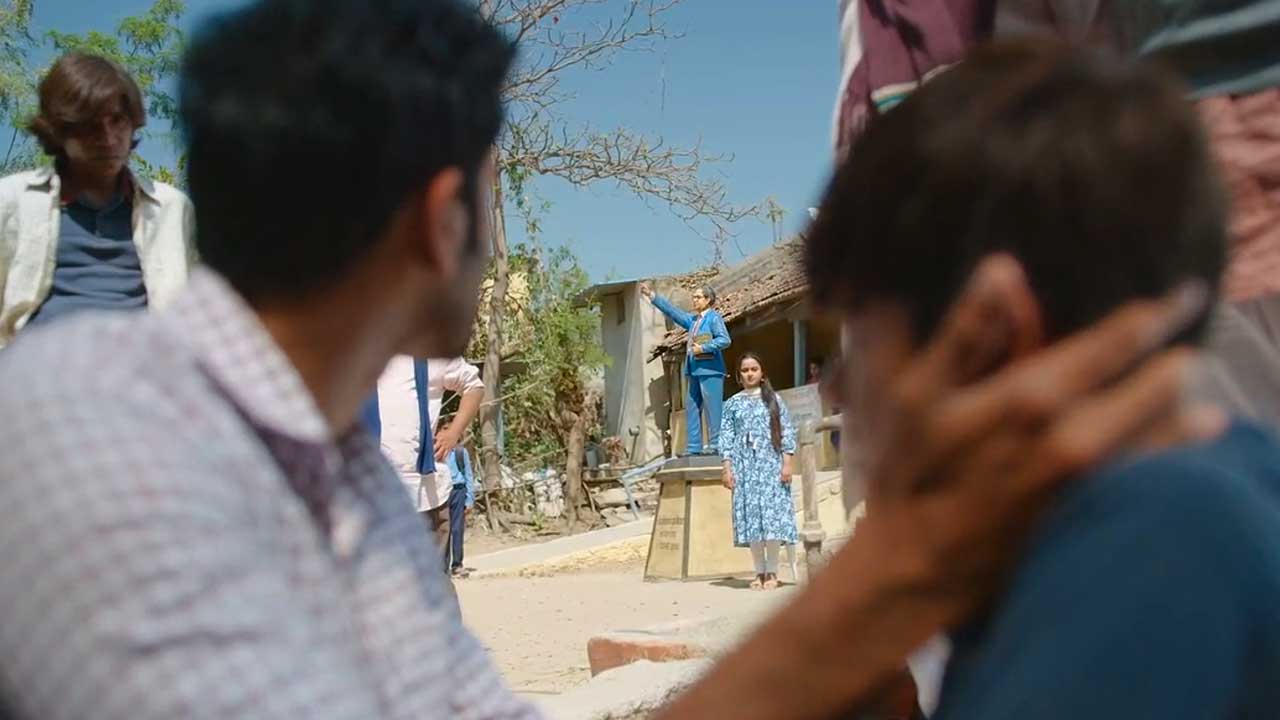
The story then cuts to 24 years ahead in time. The Brahmin’s son, Nirmal Pathak, who is an MBA from London, comes to the village to attend the marriage of his cousin brother. Nirmal’s father had expressed the wish that his ashes be immersed in the Ganga River, which flows near the village. And so, he has brought the ashes, too.
Having grown up and educated in big cities, Nirmal knows little about caste – like the young IPS officer Ayan Mukherjee, the chief protagonist of Article 15. But he does not like what he sees. Initially, he only observes but later, he starts speaking his mind. With time, he begins raising questions on issues related to education, child labour, untouchability, farming, mismatched marriages, dowry system, goodaism and other problems plaguing the village. The objective of the story is difficult to fathom. Is it about Dalits? Is it about the structure of a traditional Brahmin family? Is it about the nostalgia that grips a young man when he visits his village after 24 years?
Nirmal Pathak Ki Ghar Wapsi has two key Dalit characters. One is Dukhu, who, 24 years later, is still cleaning drains. When he meets Nirmal Pathak, his joy knows no bounds. He is wearing torn, soiled clothes. He lives in a hut with his family. Others of Dukhu’s caste live in the neighbouring huts. Nirmal Pathak goes to meet them. He tells Dukhu that unless there is a social change, this system will continue forever. “We have no issues with this system,” says Dukhu.
Nirmal Pathak has his meals at Dukhu’s home. Twenty-four years ago, his father had attempted to resolve the issue of caste in the same manner. Nirmal hopes that it will work this time. Why having a meal at a Dalit’s home is treated as a big favour to them is beyond comprehension. This is true not only of films and web series but also of real politics.
Lablabia is another Dalit character of the film. He is in his twenties and roams around with Brahmin boys and is loyal to them. He is served tea in a broken clay cup. But he drinks it with great relish. When Nirmal Pathak asks why he does not protest against this kind of behaviour, Lablabia replies, “I was so ecstatic when I was offered tea at the home of the big people [Brahmins] that I did not notice whether the cup is made of clay or china.” Poor Lablabia. He does not even notice that tea is being served to him in a broken cup. And, perhaps, he had never seen tea in his life. For him, tea from a Brahmin home tastes like elixir. He tags along with the Brahmin boys everywhere. But when it comes to cooking or dining, he is scrupulously kept away. Lablabia looks down on the people of his caste. The company of Brahmins gives him a sense of superiority. He is shown doing sit-ups at a wedding at the instance of a Brahmin boy. Lablabia moves about with Brahmins but he is basically their servant. He is well aware of his social status. He is not a friend of the Brahmin boys. The upper-caste producers of this web series know that a Dalit can’t be friends with Brahmins. If any, they can only have a master-servant relationship.
There is a statue of Ambedkar on the premises of the government school in the village. As only Dalit children study there, the school building is in bad shape. The children of Brahmin families go to private schools. During a wedding, the Dalit children are waiting for the leftovers to be thrown so that they can pounce on them. The secular Brahmin Nirmal Pathak brings them inside the venue and seats them among the feasting upper-caste guests. When the Brahmin priest comes to know of this, he hurls the choicest expletives at them and declares that the place would have to be cleansed with water from the Ganga. He shoos away all the children. The other guests also leave without eating.
Why are the producers so enamoured of Gandhi’s Harijan? Why do they fear portraying Ambedkar’s Dalit? Had Lablabia opted for Ambedkar, he would have been enjoying the wedding attired decently, not as a servant but as a friend, who is not served tea in a broken cup. In films and TV serials, why are upper-caste characters needed to bring about consciousness in Dalits? If the Dalits of the village are so aware that they have installed a life-size statue of Ambedkar on the premises of the government school, why are they unable to realize that they are being oppressed and why can’t they raise their voice against the oppression? When they have Ambedkar, why do they need to become Gandhi’s Harijan? Why can’t upper-caste producers understand this simple thing? Why are Dalits a helpless and hapless lot in films and web series? And this is not something new. In Manthan, too, an upper-caste person has to make the Dalits realize that they are being subjected to atrocities. He brings about consciousness of their plight. The same is true of Nishant and Article 15.
Only Ambedkar’s statues won’t do. You have to come out of the Harijan mindset. When some Dalit children hurl stones at the car of Nirmal Pathak’s brother, he, pointing towards Ambedkar’s statue, tells them, “Don’t pick up stones. Pick up what he had picked up.” On hearing this, Lablabia makes faces. Why does Ambedkar make him uneasy? Why does he appear so perplexed and bewildered?
The names of Dalit characters – Dukhu and Lablabia – reminds one of the film Lagaan’s character Kachra. Lagaan was released in 2001. Twenty-one years later, upper-caste producers, directors and script writers have yet to find better names for Dalit characters.
(Translation: Amrish Herdenia; copy-editing: Anil)
Forward Press also publishes books on Bahujan issues. Forward Press Books sheds light on the widespread problems as well as the finer aspects of Bahujan (Dalit, OBC, Adivasi, Nomadic, Pasmanda) society, culture, literature and politics. Contact us for a list of FP Books’ titles and to order. Mobile: +917827427311, Email: info@forwardmagazine.in)
The titles from Forward Press Books are also available on Kindle and these e-books cost less than their print versions. Browse and buy:
The Case for Bahujan Literature
Dalit Panthers: An Authoritative History


